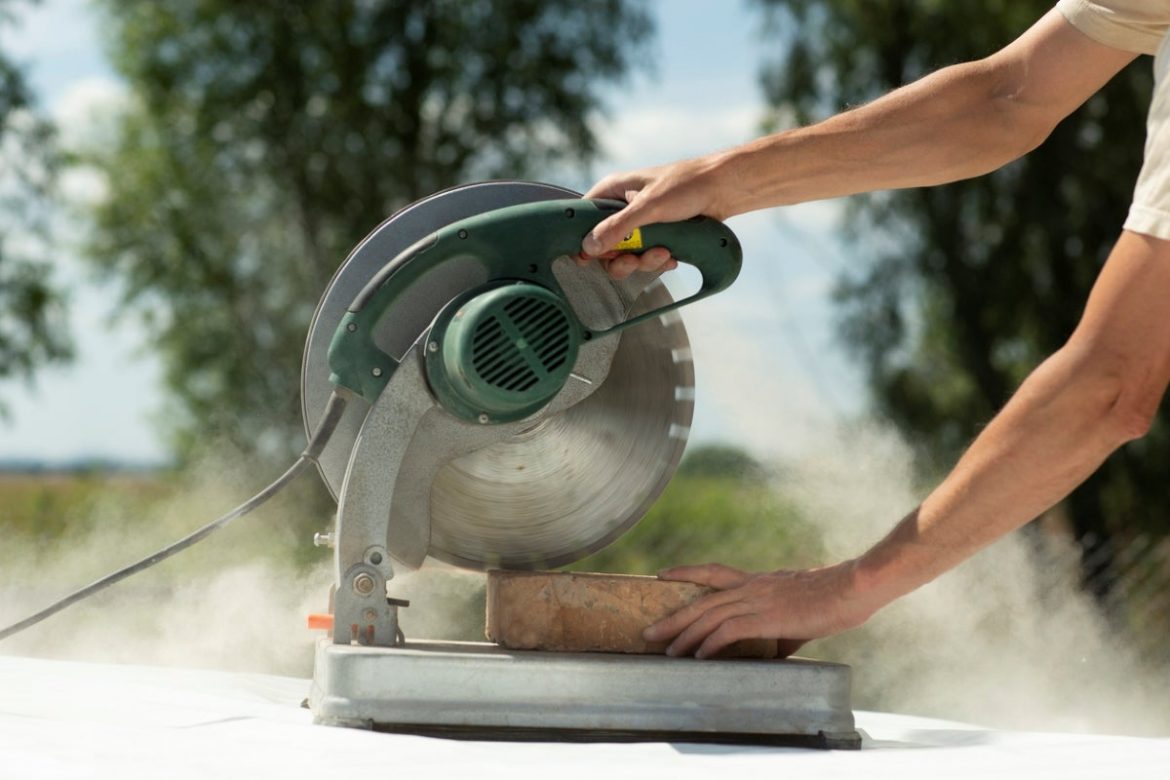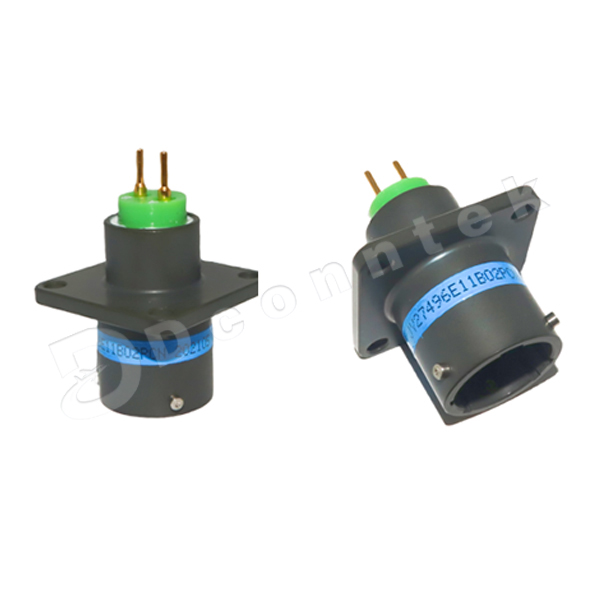When it comes to power tools, one of the most common questions people ask is whether they run on AC or DC power. The answer, however, is not as straightforward as one might think.
First, let's define what AC and DC power are. AC stands for alternating current, which means the flow of electricity periodically reverses direction. DC, on the other hand, stands for direct current, which means the flow of electricity only goes in one direction.
Now, let's look at power tools. The majority of power tools run on AC power, which is supplied by the electrical grid. This is because AC power is more efficient for long-distance transmission and can be easily stepped up or down in voltage. Additionally, AC motors are generally more powerful and less expensive than DC motors.
However, there are some power tools that run on DC power, such as cordless drills and some saws. These tools use rechargeable batteries that supply DC power. DC power is ideal for these tools because it is portable and can be easily stored in the battery. Additionally, DC motors are more efficient at low speeds, making them ideal for tools that require precise control.
It's important to note that some power tools, such as angle grinders and circular saws, can be converted from AC to DC power by using an inverter. An inverter is a device that converts DC power to AC power, allowing the tool to be powered by a battery.
In conclusion, the answer to whether power tools are AC or DC depends on the tool itself. While the majority of power tools run on AC power, there are some that run on DC power. Understanding the difference between AC and DC power can help you choose the right tool for your needs.



